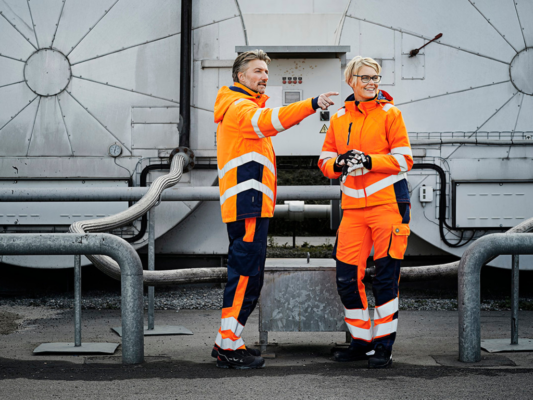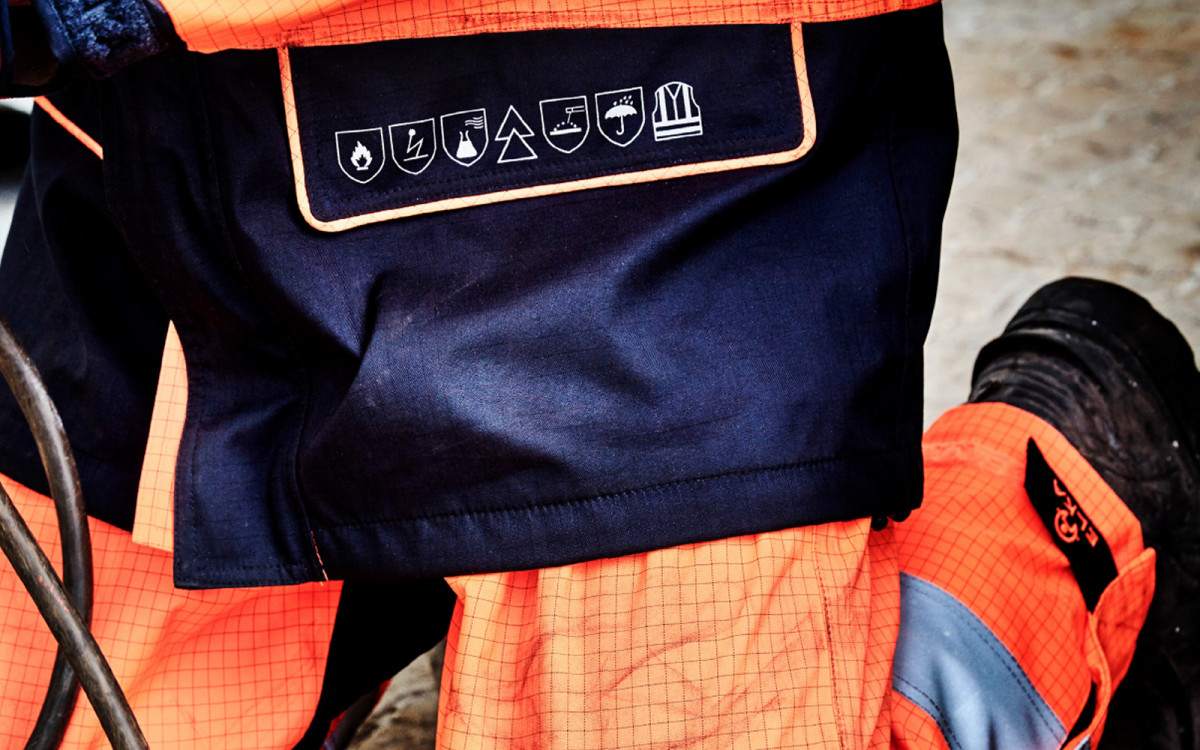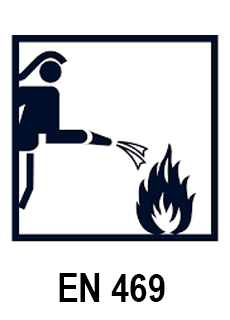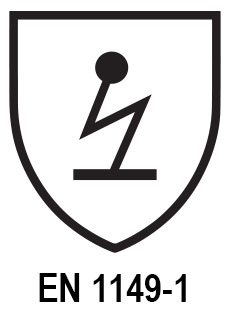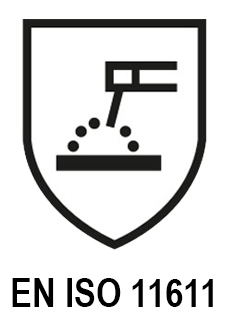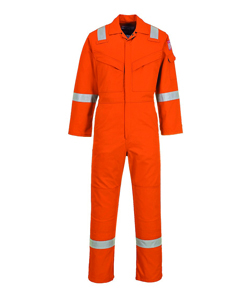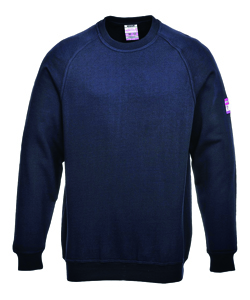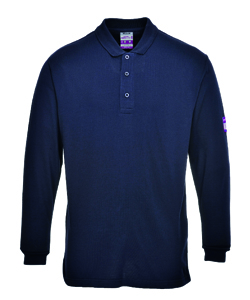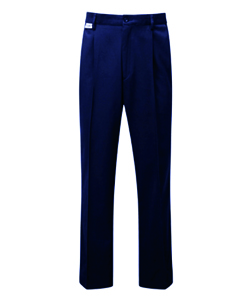No products in the basket.
FR Clothing, Workwear
Flame Retardant Clothing
What You Need To Know To Protect Against Heat and Flames
What is Flame Retardant Clothing?
Flame retardant (FR) clothing is any form of protective clothing (coveralls, trousers, base layers etc) that is designed to protect the wearer from radiant, convective or contact heat including open flames, fire or hot objects such as molten metal splashes. The fabrics used can be worn for a wide range of end uses but are specifically designed to limit the spread of flames should the fabric set alight.
Clothing is manufactured from either FR chemically treated fabrics based on cotton, or inherent FR fabric. Determining which type of material is better suited to which task can be quite complex so it is important to understand the variables of each working environment and the fire and/or heat hazards associated with them.
FR Treated
These materials get their FR properties from a chemical treatment which is applied directly to the fabric. The process ensures the treatment fully penetrates fibres to make sure they are completely bonded throughout the entire fabric. The level of protection is reduced through laundering meaning the properties of these fabrics can be washed out during the garment’s lifetime.
FR treated fabrics are very good at providing protection against molten metal and heat. The products are relatively cheap and offer good value for money in dirty environments where the expected lifespan of the product is not very long.
Inherent FR
Inherent quite literally means ‘existing in something as a permanent, essential or characteristic attribute’ therefore inherent FR fabrics have flame resistant properties built into their structure – the protection being woven into the fibre, ensuring that it will not be worn away or washed out.
The most common FR fibres used are modacrylics and aramids which provide excellent protection against flames and heat. The higher the performance level of the fibre, the lower the weight you need to achieve the required level of protection.
The advantage of inherent FR fabric is that it offers an excellent level of defence against heat compared to FR treated fabric and is longer lasting. The fabric tends to be lighter in weight therefore offering superior comfort to the wearer. Protection will be retained even after numerous washings.
EN 469 Protective Clothing for Firefighters
EN 1149-1 Protective Clothing – Electrostatic Properties
EN ISO 14116 Protection Against Heat and Flame
EN ISO 11611 Protective Clothing for use in Welding and Applied Processes
EN ISO 11612 Protective clothing — Clothing to protect against heat and flame
EN ISO 11612:2015 is the main standard relating to the performance requirements for ‘protective clothing made from flexible materials which are designed to protect the wearer’s body from heat and/or flames’.
Under the EN ISO 11612, several fabric tests are conducted to ascertain the levels of protection offered. Results are represented by the letters A, B, C, D, E and F followed by a number, which indicates the performance of the fabric within the test. If a (0) is shown the fabric has not been tested or does not achieve the lowest value attainable within the test.
The general requirement for all fabrics tested is that the mechanical strength and heat resistance when tested at a temperature of 180 ⁰C, will not ignite, melt or shrink the material by more than 5%. All fabrics therefore will need to pass at least one further test outside of the ‘A’ or Flame Test.
Letter A – Flame Test (EN 15025)
This test consists of applying a flame to a fabric sample for 10 seconds. To pass the test, the after flame & smoulder times and formation of holes must be within the tolerances declared in the standard. The application of a flame can take place in two ways:
A1 Surface Ignition, ISO15025 A
Procedure A (leads to Class A1), the flame is applied horizontally
- No specimen shall permit any part of the lowest boundary of any flame to reach the upper or either vertical edges
- No specimen shall give hole formation of 5mm or greater in any direction, except for an inter-lining that is used for specific protection other than heat and flame protection
- No specimen shall give flaming or molten debris
- The mean value of after flame time shall be ≤ 2s
- The mean value of afterglow time shall be ≤ 2s
A1 Edge Ignition, ISO15025 B
Procedure B (leads to Class A2), the flame is applied laterally
- No specimen shall permit any part of the lowest boundary of any flame to reach the upper or either vertical edges
- No specimen shall give flaming or molten debris
- The mean value of after flame time shall be ≤ 2s
- The mean value of afterglow time shall be ≤ 2s
Letter B – Convective Heat Test (ISO 9151)
This test determines the heat transmission when exposed to flames. The sample is held above the flame and the rise in temperature on the topside of the fabric is measured with a calorimeter. The length of time the sample can remain exposed before its temperature rises by 24°C is determined.
B1: 4 < 10 seconds, B2: 10 < 20 seconds, B3: 21 seconds and longer.
Letter C – Radiant Heat Test (ISO 6942)
In this test, a fabric sample is exposed to radiant heat (infrared rays). The temperature on the reverse (unexposed) side of the sample is registered using a calorimeter. The length of time the sample can remain exposed before its temperature rises by 24°C is measured.
The test procedure is the same as ISO 11611, but has a different classification method:
C1: 7 < 20 seconds, C2: 20 < 50 seconds, C3: 50 < 95 seconds, C4: 95 seconds and longer
Letter D – Aluminium Test and E – Molten Iron Test (ISO 9185)
This test is designed to determine the level of protection a fabric can offer against spatters of molten metal. A membrane (which has similar properties to human skin) is attached to the reverse of the fabric sample. Quantities of hot molten metal are subsequently splashed onto the sample until the membrane becomes deformed.
The classification for molten aluminium is:
D1: 100 < 200 grams, D2: 200 <350 grams, D3: 350 grams and more
The classification for molten iron is:
E1: 60 < 120 grams, E2: 120 < 200 grams, E3: 200 grams and more
Letter F – Contact Heat Test (ISO 12127)
A relatively newer test this determines values for exposure to contact heat.
Classification is as follows:
F1: 5 < 10 seconds, F2: 10 < 15 seconds, F3: 15 seconds and longer
The greatest challenge for employers remains in translating these results into real life scenarios where environmental conditions will differ to those of the laboratory. A combination of risks may need to be taken into account therefore it is advisable to always seek further assistance if you are unsure.
Bestselling Flame Retardant Products
Clad Safety works with some of the leading providers of flame retardant clothing and is able to offer expert technical advice on a wide range of FR products including coveralls, trousers, sweatshirts, polo shirts, hi-vis, jackets, waterproofs and base layers. The company has been operating for over 30 years and takes pride in the excellent service that we offer to our customers.
For further information or to find out more on how Clad Safety can support your FR workwear and PPE needs please contact our Customer Service Team on 0800 161 3661 or email [email protected]



